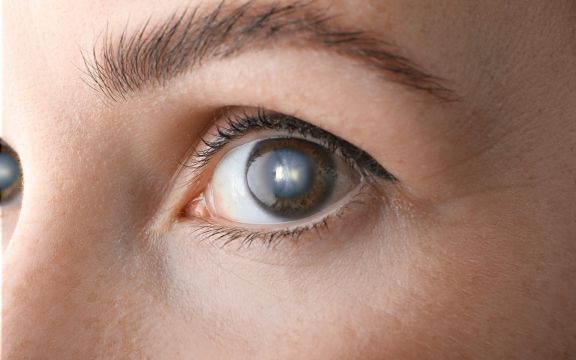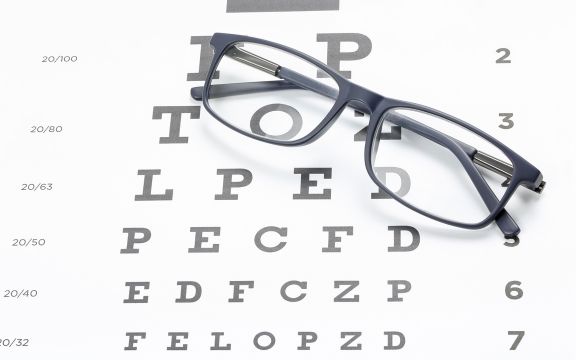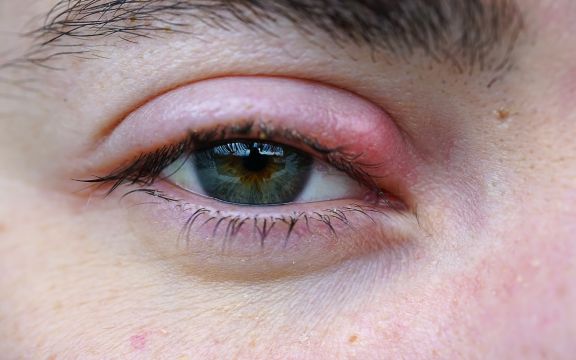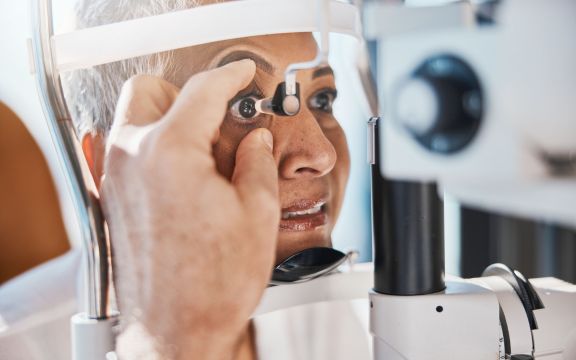Glaucoma Specialist
Glaucoma Q&A
What is glaucoma?
Glaucoma is an eye disease that damages your optic nerve — a collection of nerve fibers that transmits sensory messages from your eyes to your brain. A damaged optic nerve can’t relay those communications properly, which can lead to vision loss.
What are the risk factors for glaucoma?
Glaucoma can affect anyone, but it’s most likely to occur in people with:
- A family history of glaucoma
- Age over 40
- African, Hispanic, or Asian descent
- Myopia (nearsightedness) or hyperopia (farsightedness)
- Eye trauma
- Long-term corticosteroid use
- Corneal thinning
- Optic nerve thinning
- Chronic systemic conditions, such as diabetes, hypertension, and vascular disease
Although most of these risk factors aren’t controllable, you can prevent glaucoma. To do so, schedule comprehensive eye exams at Beverly Hills Eye Center according to Dr. Kamen’s recommendations. During your eye exam, Dr. Kamen can check for the early signs of glaucoma and, if necessary, start treatment to prevent vision loss.
How is glaucoma detected?
At Beverly Hills Eye Center, Dr. Kamen screens for glaucoma in a few ways. Most people with glaucoma have significantly elevated eye pressure, and a simple and painless test can instantly show your eye pressure.
During a dilated eye exam, Dr. Kamen examines the very back of the eye, including your optic nerve. He looks for signs of damage that could represent glaucoma.
What are the symptoms of glaucoma?
Open-angle glaucoma, the type of glaucoma that affects 95% of all glaucoma cases, does not cause symptoms.
For many people who have open-angle glaucoma, the first indicator of the disease is vision problems like black spots in your visual field or tunnel vision. At that point, glaucoma is already quite advanced.
In acute angle-closure glaucoma — a medical emergency — you may experience sudden symptoms like eye pain, severe headache, blurry vision, nausea, vomiting, red eyes, and halos around lights.
How is glaucoma treated?
Glaucoma treatment at Beverly Hills Eye Center usually includes eye drops, selective laser trabeculoplasty (SLT), or both.
Eye drops
Eye drops can effectively lower your eye pressure and prevent vision loss. It’s important to use eye drops as instructed to avoid a dangerous rise in eye pressure.
SLT treatment
SLT is a laser treatment that can lower your eye pressure by 20-30%. During this in-office treatment, Dr. Kamen carefully directs a laser through a special lens. The laser improves the flow of fluid as it leaves your eye. SLT is painless and takes only 2-3 minutes in the Beverly Hills Eye Center office. All insurance companies cover SLT treatment.
You may need to continue glaucoma eye drops after SLT treatment. However, in most cases, you’ll need fewer eye drops for long-term glaucoma control.
Beverly Hills Eye Center is here to help you prevent and manage glaucoma, so call the office or book your appointment online today.

David Kamen, MD
Beverly Hills Eye Center
Ophthalmology located in Beverly Hills, Los Angeles, CA
Accepted Insurance
We accept all PPO insurances and Medicare. Please call the office for insurance-related questions.
View full list of companies








Patient Stories








